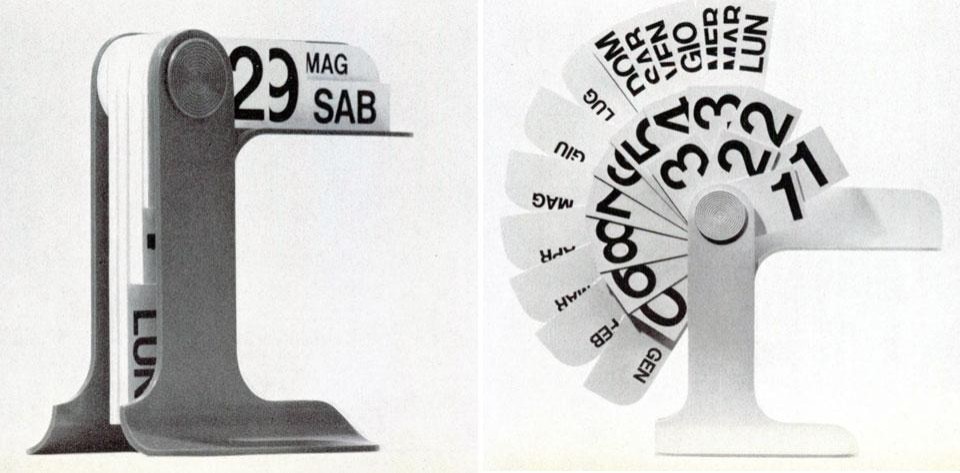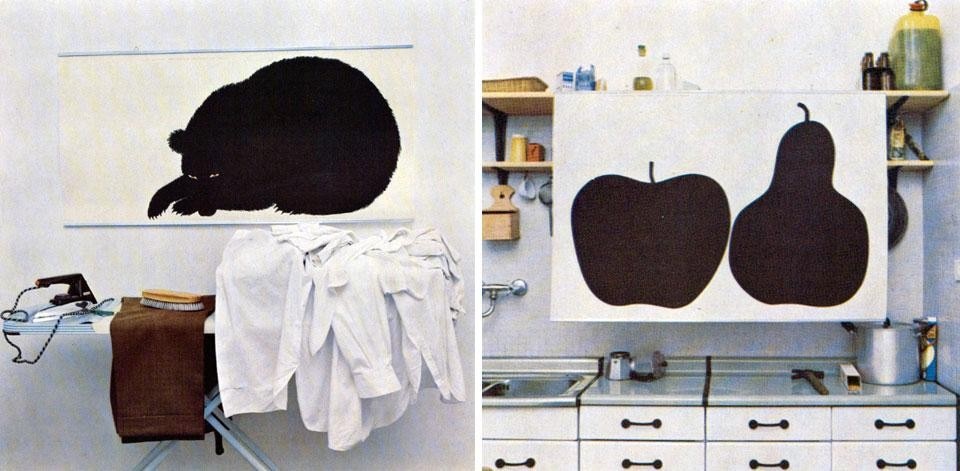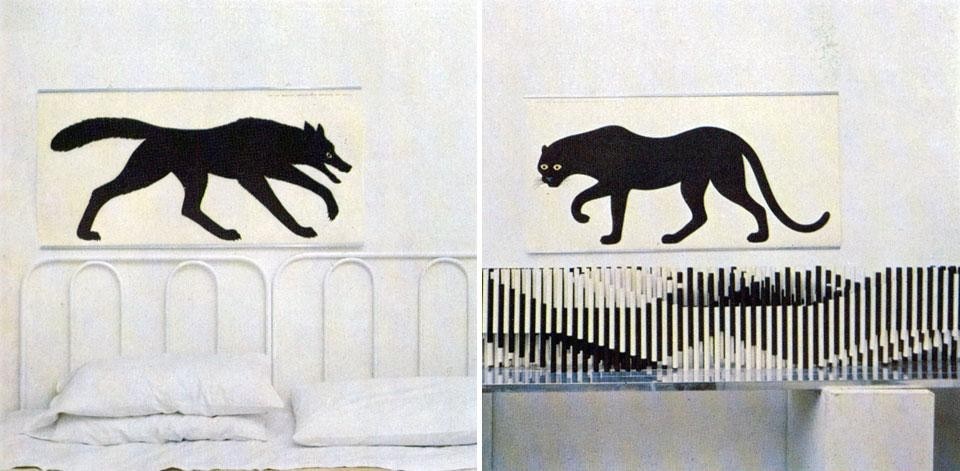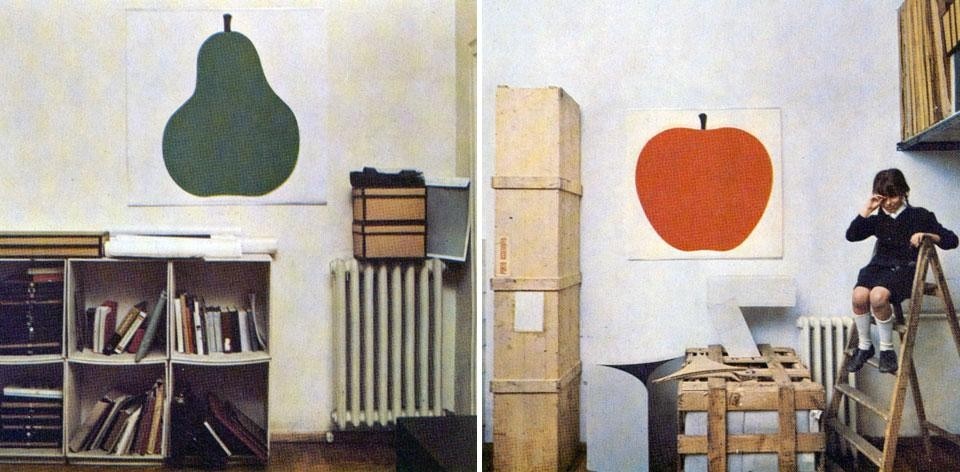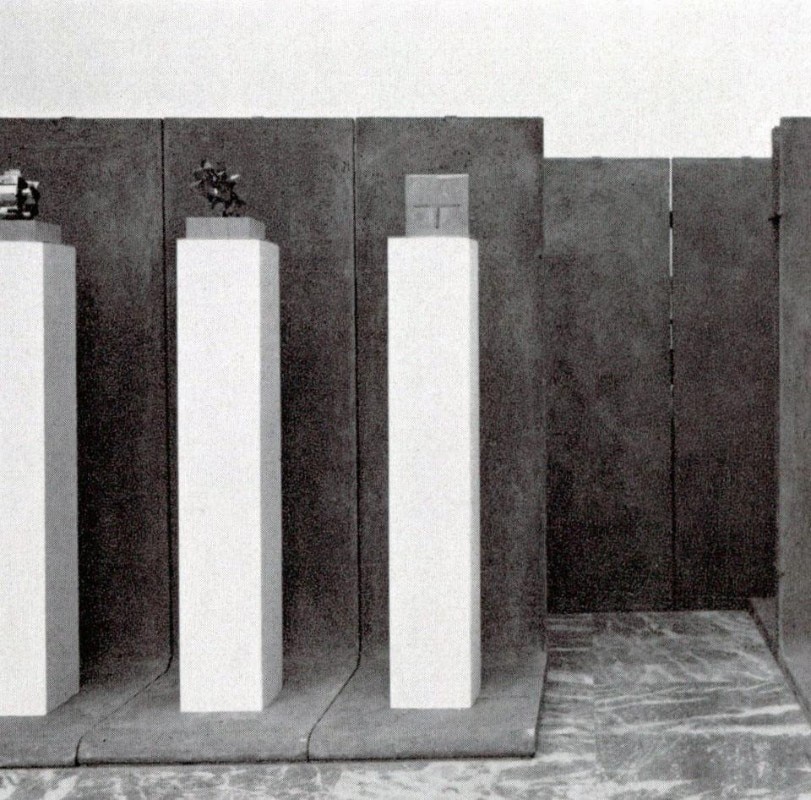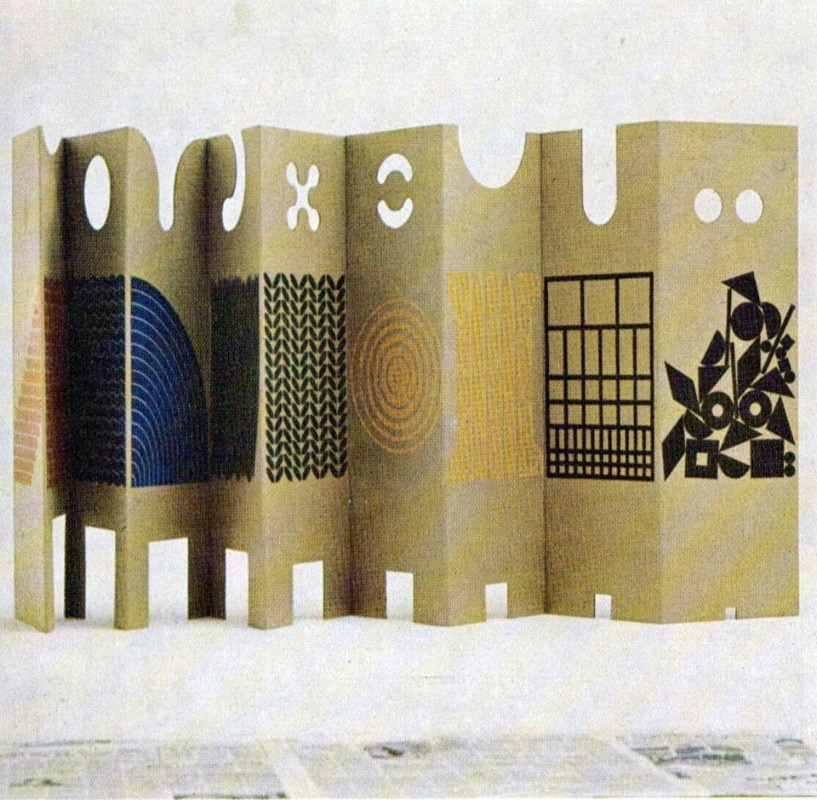Enzo Mari — visual researcher and designer. A young man who pursues his work research and artistic results in his chosen profession — that of the engineer, a now ambiguous term that covers very different social functions. Is an engineer simply a specialist, a skilled maker, an intermediary presence between production and consumer needs as interpreted and manipulated by that production? Mari sees possessing the know-how that enables him to execute his own ideas with the right technique as important (many artists lack such knowledge or have erred with it) but not enough. You must include your specialism in a global vision of the laws that govern and condition it. "The action that I believe takes priority today, he says, "is that of clarifying your own social standing."
The much-debated terms "pragmatic" and "ethical" applied to design are all intensely present in the work of Mari, who reconnects them to his broader experimental interests. However numerous and successful, his works are constantly directed strictly at exemplifying those terms. Mari produces design more than design products. Grounded and verified in visual language studies, the scientific process of his work is applied to designing objects that focus strongly on meaning and not effect. They are free from neologisms and aggressively promotional stimuli, that is to say they lack the aggressiveness typical of consumer fads.
![Top and above: Domus 458 / February 1968 page details. Enzo Mari's <em>Il posto dei giochi</em> [The place of games] for Danese in 1967 Top and above: Domus 458 / February 1968 page details. Enzo Mari's <em>Il posto dei giochi</em> [The place of games] for Danese in 1967](/content/dam/domusweb/en/from-the-archive/2012/08/11/the-enzo-mari-method/big_391028_4284_2471.jpg.foto.rmedium.jpg)
![Domus 458 / February 1968 page detail. Enzo Mari, <em>Struttura n. 895</em> (64 lamps, 64 switches, plexiglas and steel support, 87,5 x 74 x 203 cm), shown at Milan's Galleria dell'Ariete <em>Luce e movimento</em> [Light and movement] exhibition Domus 458 / February 1968 page detail. Enzo Mari, <em>Struttura n. 895</em> (64 lamps, 64 switches, plexiglas and steel support, 87,5 x 74 x 203 cm), shown at Milan's Galleria dell'Ariete <em>Luce e movimento</em> [Light and movement] exhibition](/content/dam/domusweb/en/from-the-archive/2012/08/11/the-enzo-mari-method/big_391028_6582_3479.jpg.foto.rmedium.jpg)
As ever, Mari suggests a way to operate through the object. Mari proposes a method. All his actions and suggestions are firstly fully produced in the means identified to solve a specific problem and then globally in the method that shapes the different results. When interviewed about the meaning of his objects, Mari recently replied: "I hope that each time the meaning is that of the object in question." So, let us try to pinpoint the various works presented by Mari.
Mari invents both the devices and their rules and then locks these devices into a certain type of conduct rather than a certain type of consumption
![Domus 458 / February 1968 page details. <em>Il posto dei giochi</em> [The place of games], in cardboard, can be used as a mat or a screen with several folds, either in the printed side or the plain one Domus 458 / February 1968 page details. <em>Il posto dei giochi</em> [The place of games], in cardboard, can be used as a mat or a screen with several folds, either in the printed side or the plain one](/content/dam/domusweb/en/from-the-archive/2012/08/11/the-enzo-mari-method/big_391028_2932_4392.jpg.foto.rmedium.jpg)
Containers. Based on the principle of the maximum results with the least effort, this resolves technical production problems and has simple functions that allow the designer to focus on his primary interest: the method.
![Domus 458 / February 1968 page details. <em>Il posto dei giochi</em> [The place of games] was designed to allow children to organize their own space. The prints and cutouts evoke recognisable elements, allowing children multiple associations and projections Domus 458 / February 1968 page details. <em>Il posto dei giochi</em> [The place of games] was designed to allow children to organize their own space. The prints and cutouts evoke recognisable elements, allowing children multiple associations and projections](/content/dam/domusweb/en/from-the-archive/2012/08/11/the-enzo-mari-method/big_391028_6635_5316.jpg.foto.rmedium.jpg)
Animals. The goose, wolf, bear etc. are standard images. This is one of Mari's most meaningful studies and he developed their semantic worth starting from the wooden zoo and his 1965 Fable Game, but here the images are no longer inspired by child psychology, just psychology. The fable is eliminated in favour of formal essence, in keeping with the didactic intention always present in Mari's work.
